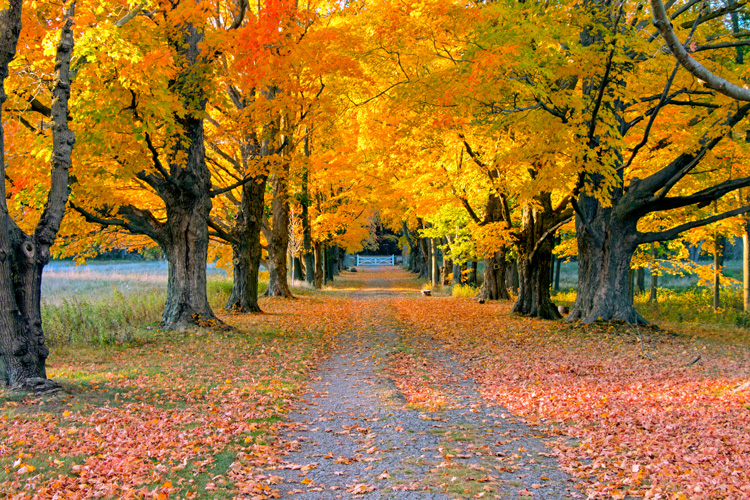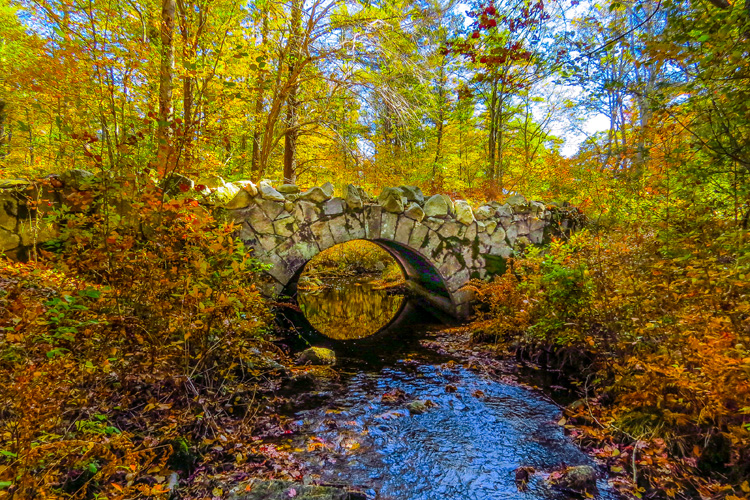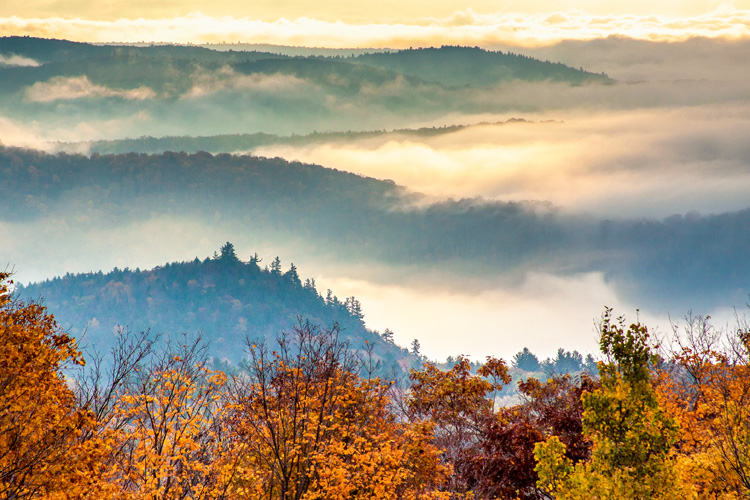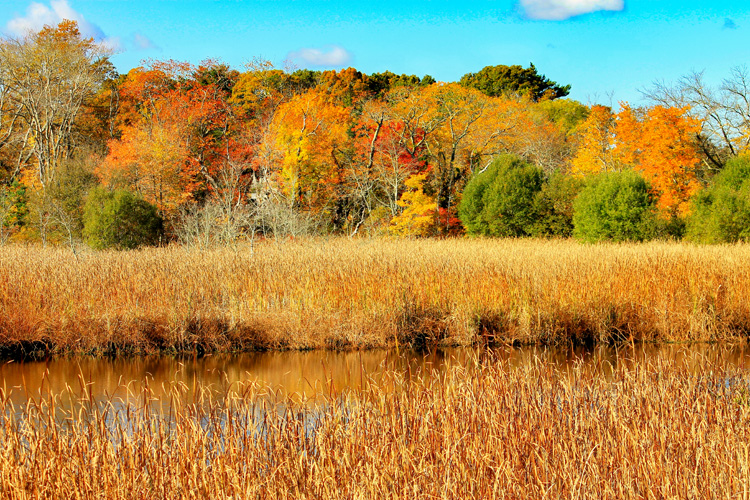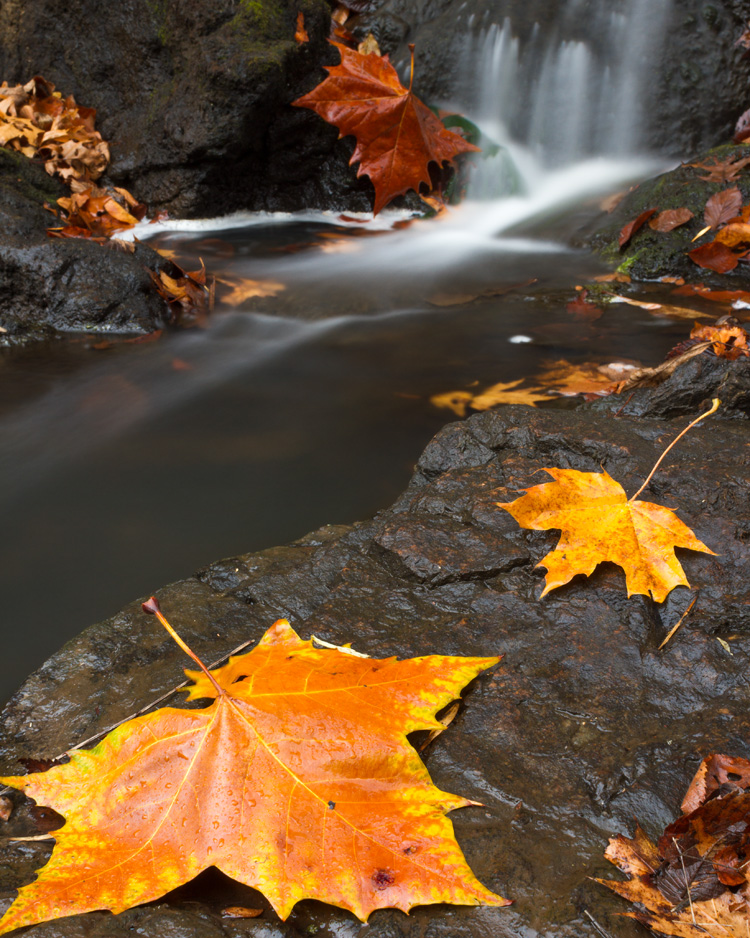Ah…ah…AH…CHOO! Feeling a bit sneezy these days? Well, we’re here to clear the air—goldenrod is not to blame for your seasonal allergy woes. This bright, ubiquitous, late-flowering plant has been framed by the real culprit, ragweed, which blooms around the same time and often nearby. Ragweed’s light, dusty pollen is easily carried on the wind to hay-feverish noses but goldenrod’s pollen is much too heavy, making the latter all the more appealing for pollinators!
There are at least 15 species of butterfly and moth caterpillars that feed on the leaves and stems of goldenrods and the many species of insects that can be found on goldenrods, pollinating the flowers or feeding on their leaves and nectar, are far too numerous to count! Research from Cornell University suggests that Monarch butterflies actually face their greatest food shortage in the fall as they are migrating south, usually along the coast; so while milkweed is the primary food source for Monarch caterpillars, the adult butterflies rely on nectar from wildflowers such as goldenrod to fuel them on their long journey.
So before you go pulling goldenrods out of your yard or garden as a nuisance weed, give them a second chance. You might just be reward by a visit from some hungry butterflies. Here are five beautiful photos of goldenrod from our Picture This: Your Great Outdoors photo contest entries. The 2018 contest is now closed, but that doesn’t mean we can’t enjoy some gorgeous photography year-round!
Read and print out our By the Numbers: Goldenrod and learn how to plant a native pollinator garden in your backyard on our website.
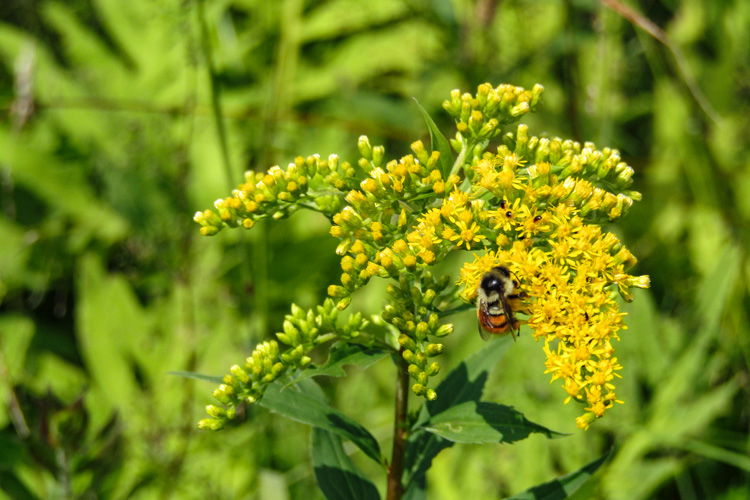
Tri-colored Bumblebee on Goldenrod © Ellen Pierce
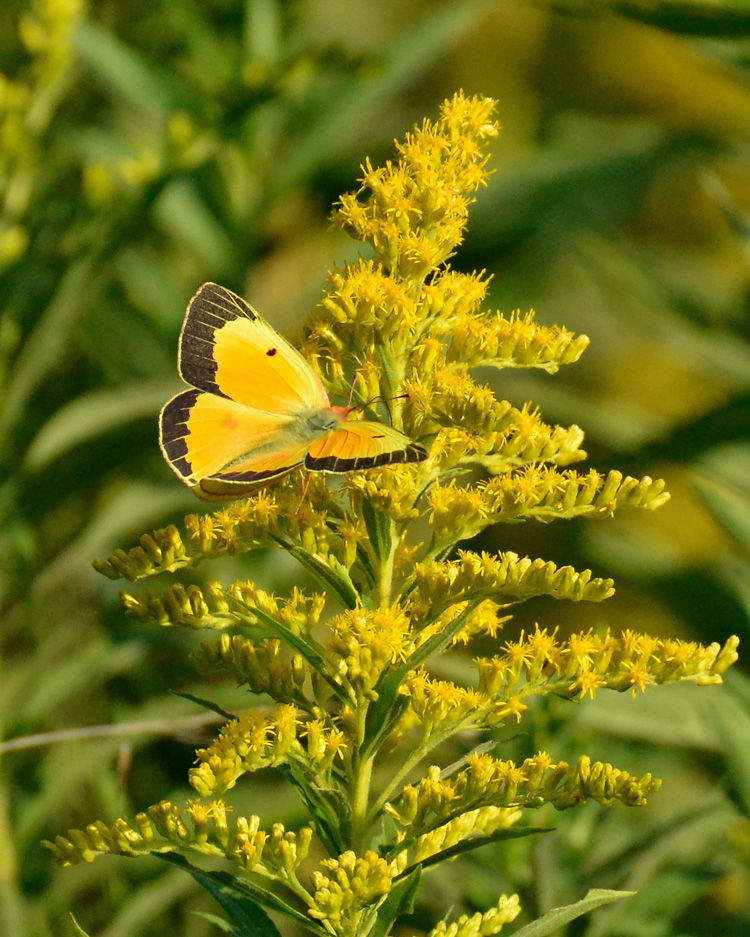
Orange Sulphur on Goldenrod © Richard Welch
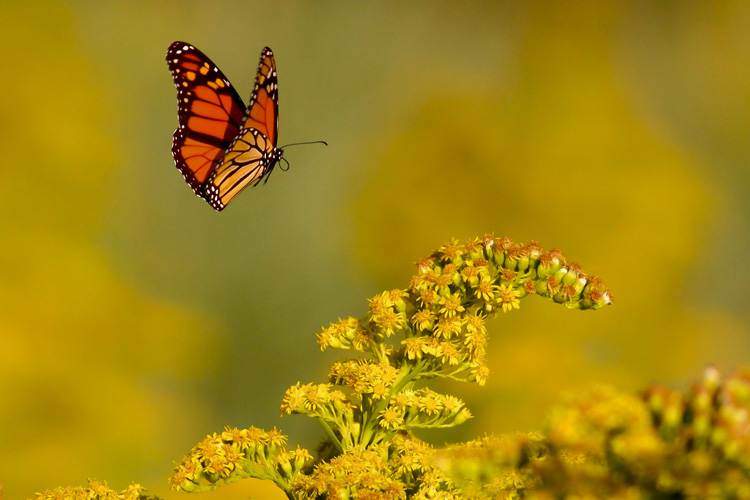
Monarch Butterfly and Goldenrod © Kim Caruso
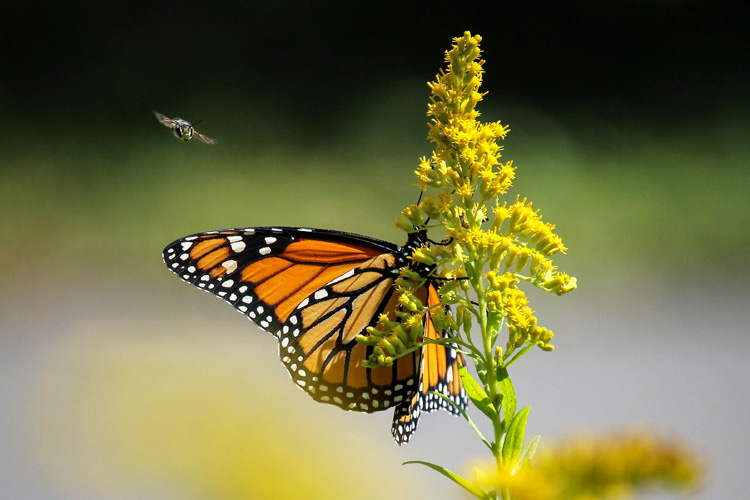
Monarch Butterfly on Goldenrod © Karen Lund
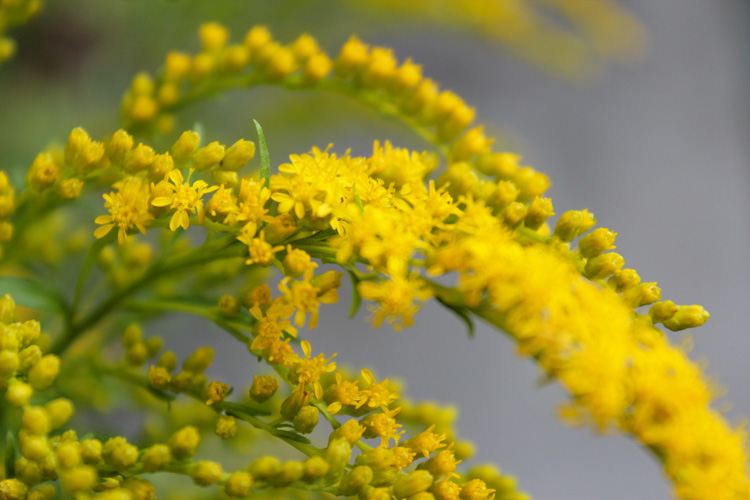
Goldenrod © Katharine Randel
